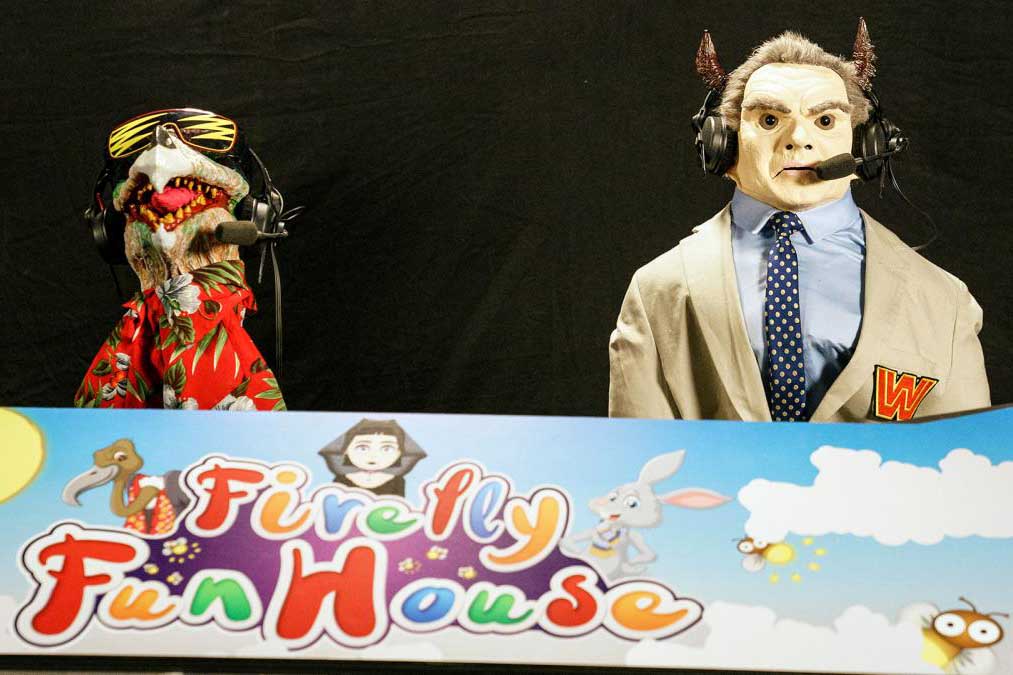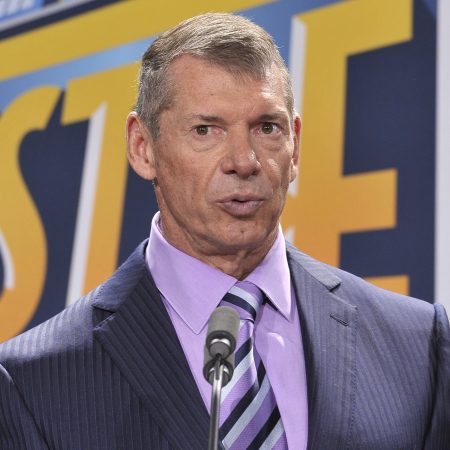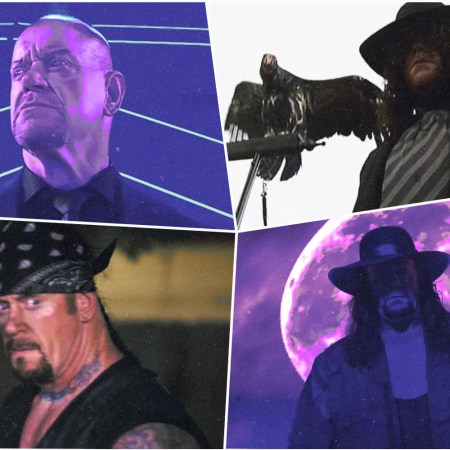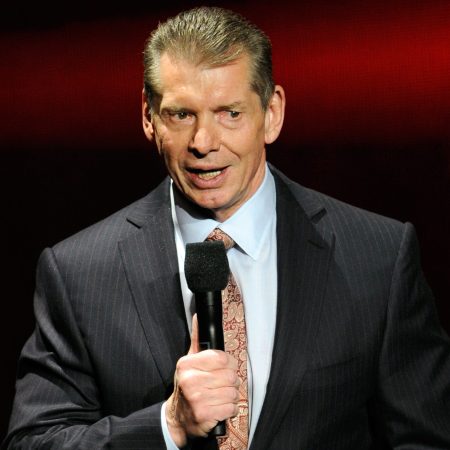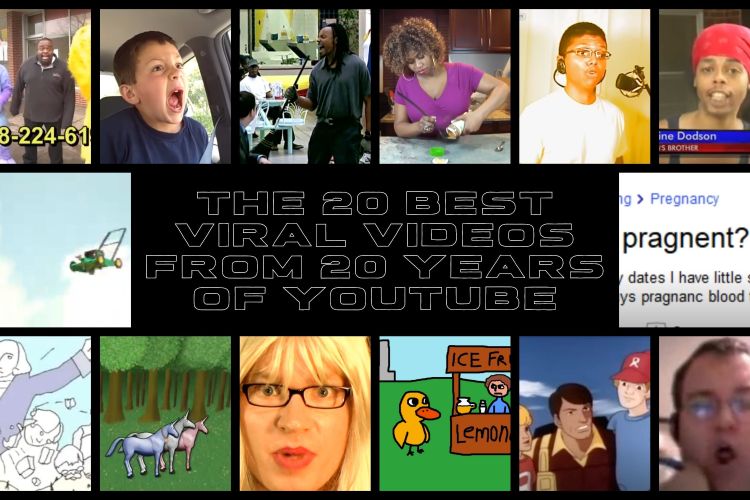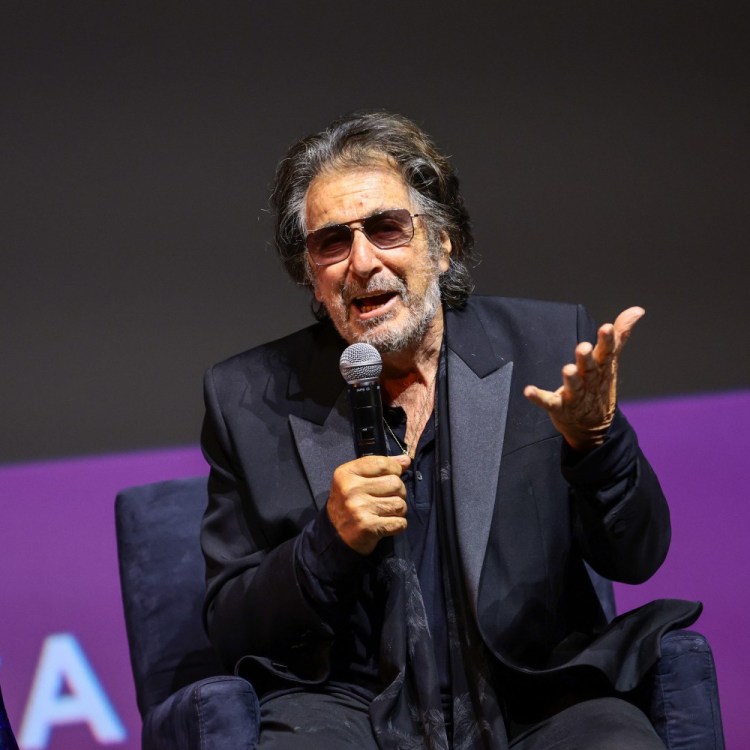When the news broke that WrestleMania 36 would take place in front of no fans and using pre-taped matches, the general feeling was one of disappointment. The so-called Showcase of the Immortals is WWE’s biggest show of the year, usually held at sold out football stadiums in front of rabid fans. It’s a spectacle with theatrics befitting the situation: overwrought entrances, melodramatic matches and so, so many fireworks.
So how would WrestleMania hold up inside the company’s Performance Center in Orlando, with no fans in attendance, over an unprecedented two nights? The answer is that it held up incredibly well, by breaching new ground for the biggest pro wrestling company in the world.
The more obvious change was to host the event with no fans, and for the most part, that cast an eerie and uncomfortable pall over the event. The multi-person matches worked because there was enough ambient noise from the wrestlers to somewhat cover it, but most of the one-on-one matches felt irreperably weak because of it. Perhaps the biggest disappointment in this regard was the Edge and Randy Orton Last Man Standing match, which was fine if excruciatingly long, but which deserved a crowd freaking out, particularly for Edge’s first match in 11 years.
However, that might not end up mattering in the slightest because of two “matches” that stole the show and perhaps signaled a new avenue for pro wrestling to explore going forward. Those were the two pre-recorded spectacles at WrestleMania 36: the Boneyard match between AJ Styles and the Undertaker, and the Firefly Funhouse match between Bray Wyatt and John Cena. Both lived up to the hype by shrouding the build-up in mystery — fans didn’t know exactly what either match was going to be — and then delivering the campiest, most bizarre experiences WWE has ever put on.
Let’s start with the one that’s easier to follow. The Boneyard match was, in practice, a fistfight between the two performers in a graveyard. Taker and Styles brawled all over said graveyard, using weapons, interference and at multiple points, the Deadman’s mystical magical powers of teleportation and fire. More than the actual content of the match, it was how it was shot that elevated it. It felt like the world’s most expensive student film, or perhaps a very well-edited B-movie, and it covered for all of the Undertaker’s weaknesses exacerbated by his advanced age of 55.
That wasn’t really a problem in the Firefly Funhouse match, though. John Cena is one of WWE’s most reliable performers ever in the ring, and while Bray Wyatt is often handicapped by his character work (his current alter ego, The Fiend, is purposefully slow and plodding; more on him in a second), he can still put on high quality wrestling matches when given the green light. That didn’t really matter, as the Firefly Funhouse match eschewed wrestling almost completely (by my count, there were about six total moves used in the 13-minute duration), going instead for a trip through John Cena’s psyche and career. Think Being John Malkovich mixed with Twin Peaks and a dash of psychotic Mr. Rogers puppets saying “shit.” That it happened at WrestleMania only made the spectacle more fascinating.
Frankly, there has never been anything quite like the Funhouse in professional wrestling. While the Boneyard match could trace its origins to Matt Hardy’s Final Deletion match — a classic of bonkers wrestling storytelling from 2016 — there’s no precedent for Cena having to relive every stage of his career, from rookie to the Doctor of Thuganomics to his current, most famous iteration. It was shot like a psychological horror film, with Wyatt taunting his victim through his biggest failures; at one point, he even sings the theme song of Cena’s ex-fiance, Nikki Bella, right to his face. It was, to put it bluntly, what Your Brain on Drugs might look like put through the pro-wrestling meat grinder.
Why do these matches matter? It’s not so much that they’re insane (though they certainly are), and more that they present a riveting new way to put on a professional wrestling match. The usage of editing, multiple takes to get it right, and cinematography made them look and feel visceral and exciting. And, in the case of the Boneyard match, it allowed a legend of the ring to have his first good match in years by allowing him to rest in between spots.
This is not to say every match should be shot like this — if you were to go that way, you’d have something approximating Lucha Underground, a start-up wrestling program that reads as half telenovela and have supernatural fantasy show. But it’s a new, powerful weapon in WWE’s arsenal that, if utilized right and with performers willing to commit to the bit, could change the monotony of its weekly show and pay-per-views once things go back to something close to “normal” after the pandemic.
This is the future of wrestling, and one that should not be confined to these strange times. These WrestleMania matches themselves were bizarre enough to carry their own weight, and it would be a mistake to not explore the medium more thoroughly in the years to come.
Whether you’re looking to get into shape, or just get out of a funk, The Charge has got you covered. Sign up for our new wellness newsletter today.
